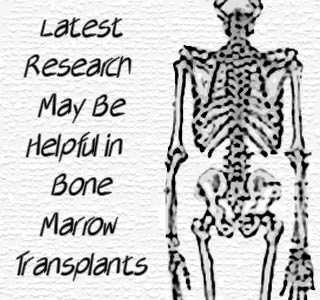
Bone marrow transplant is mainly believed to be a stem cell therapy, because the transplanted marrow carrying blood stem cells is expected to provide a new blood-producing system to the patient.
David Scadden, co-director of the Harvard Stem Cell Institute, says that, “Figuring out the mechanisms that tell stem cells how to get to where they need to go is a major problem when we’re thinking about stem cell therapies.” Scadden, who specializes in treating cancers related to blood system, further states that the “system has paved the way for so much of our understandings of stem cell therapy.”
The present research has now successfully identified the route through which the receptors on the surface of the cells get their signal to direct the stem cells to their ultimate destination.
Scadden explains, “This is a critical pathway in a number of cells. It’s important in the heart and the blood vessels, in the brain, and in platelets. We found out not only that it’s there, but that it’s absolutely critical for stem cells to find their way home. And if you stimulate it you can improve the cell’s path-finding ability.”
It has been stated that these findings present crucial data regarding blood stem cells and also reveal the likelihood of adopting simple techniques to improve the mobilization of blood stem cells in bone marrow transplantation.
Their findings are published in the Nature journal.
